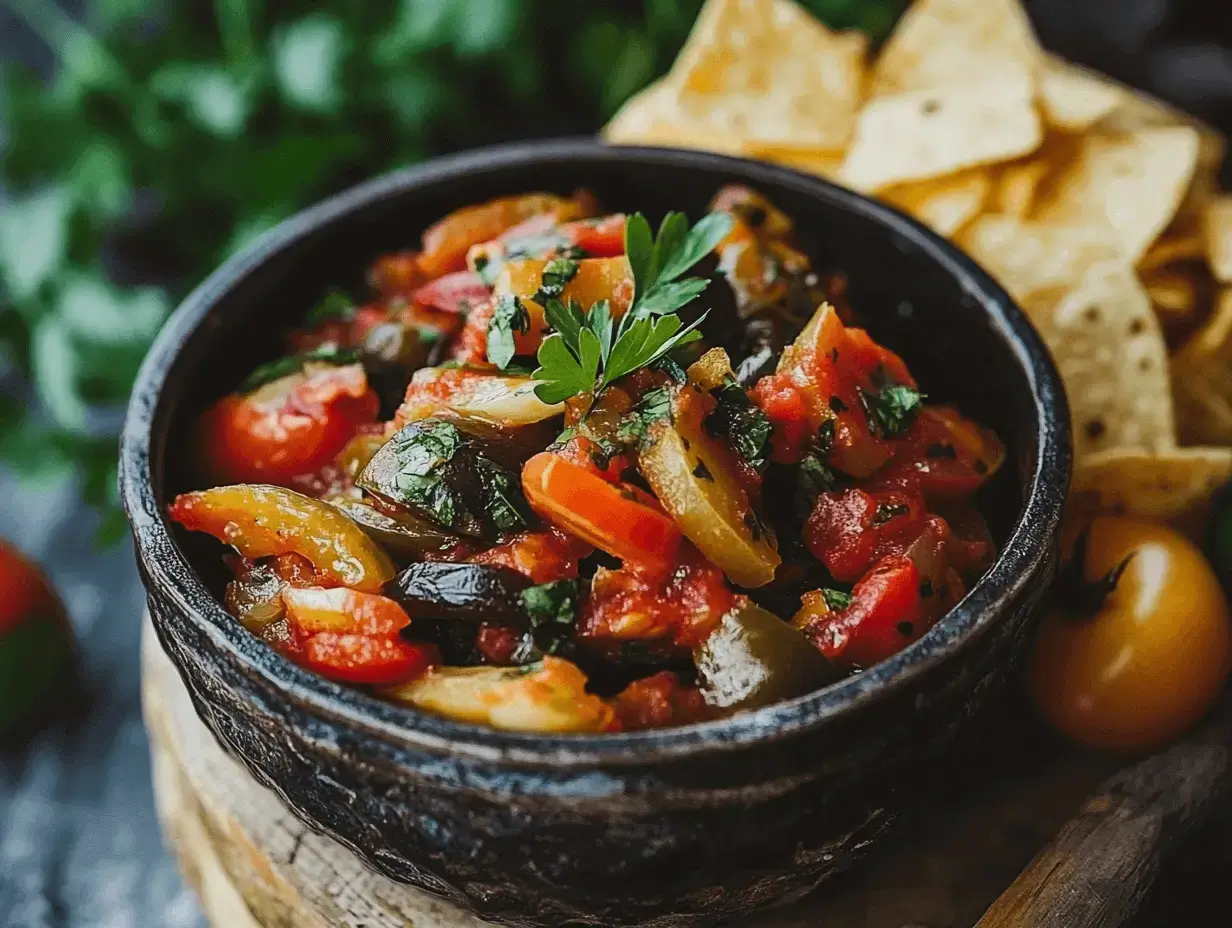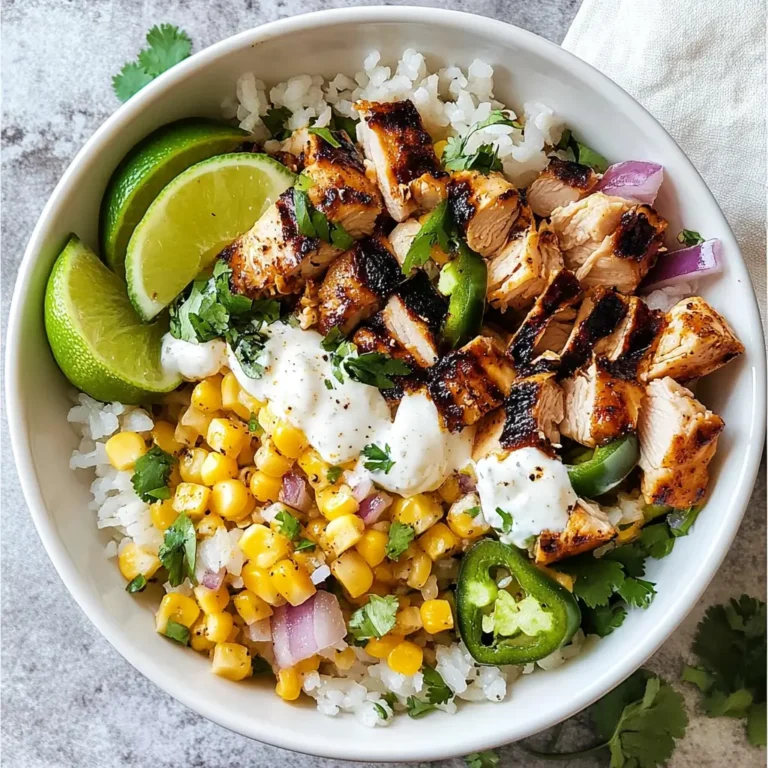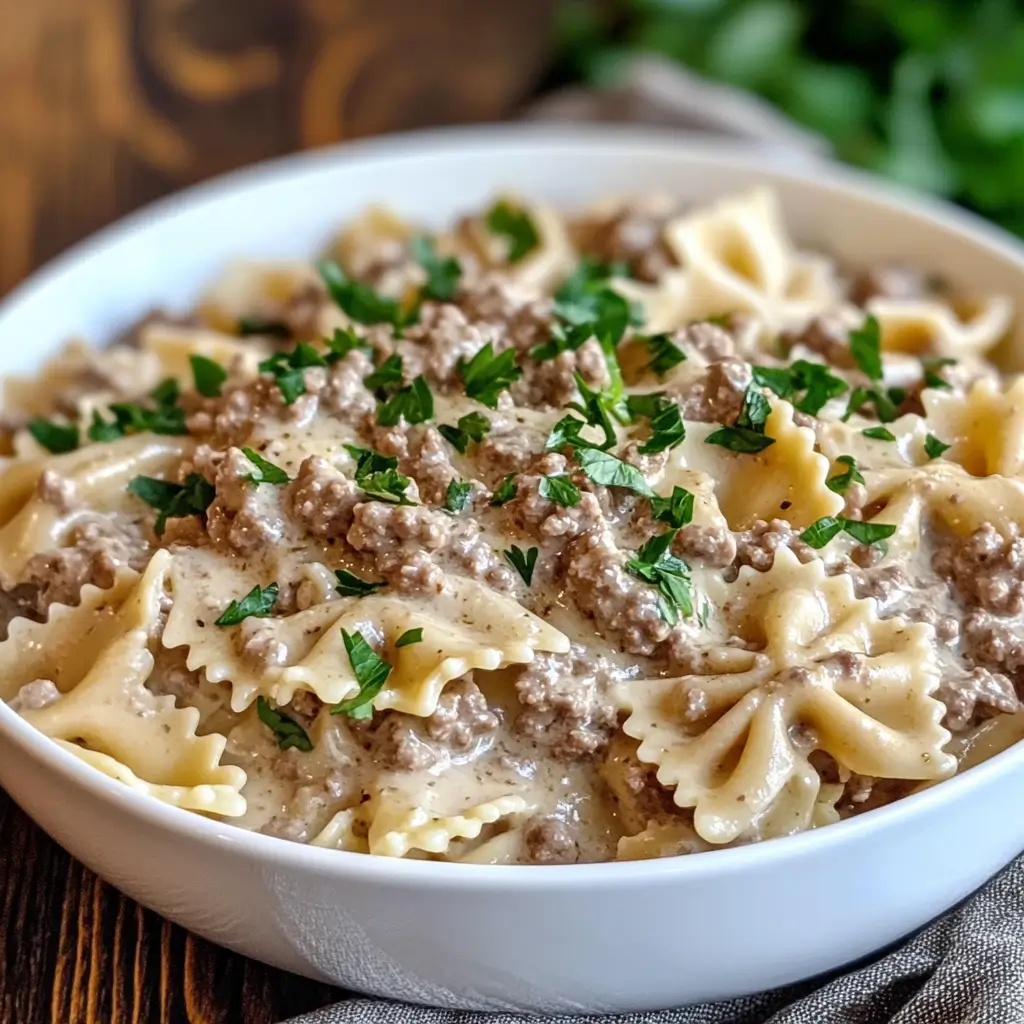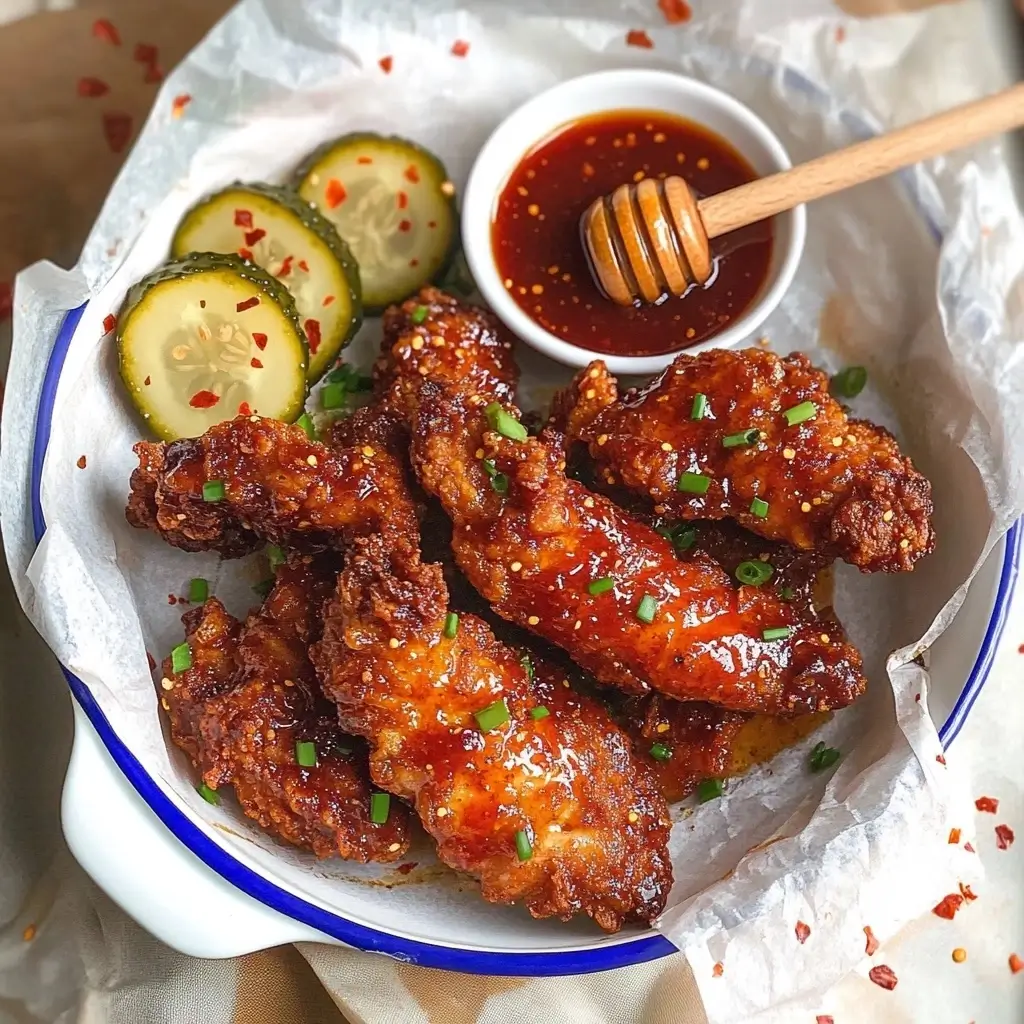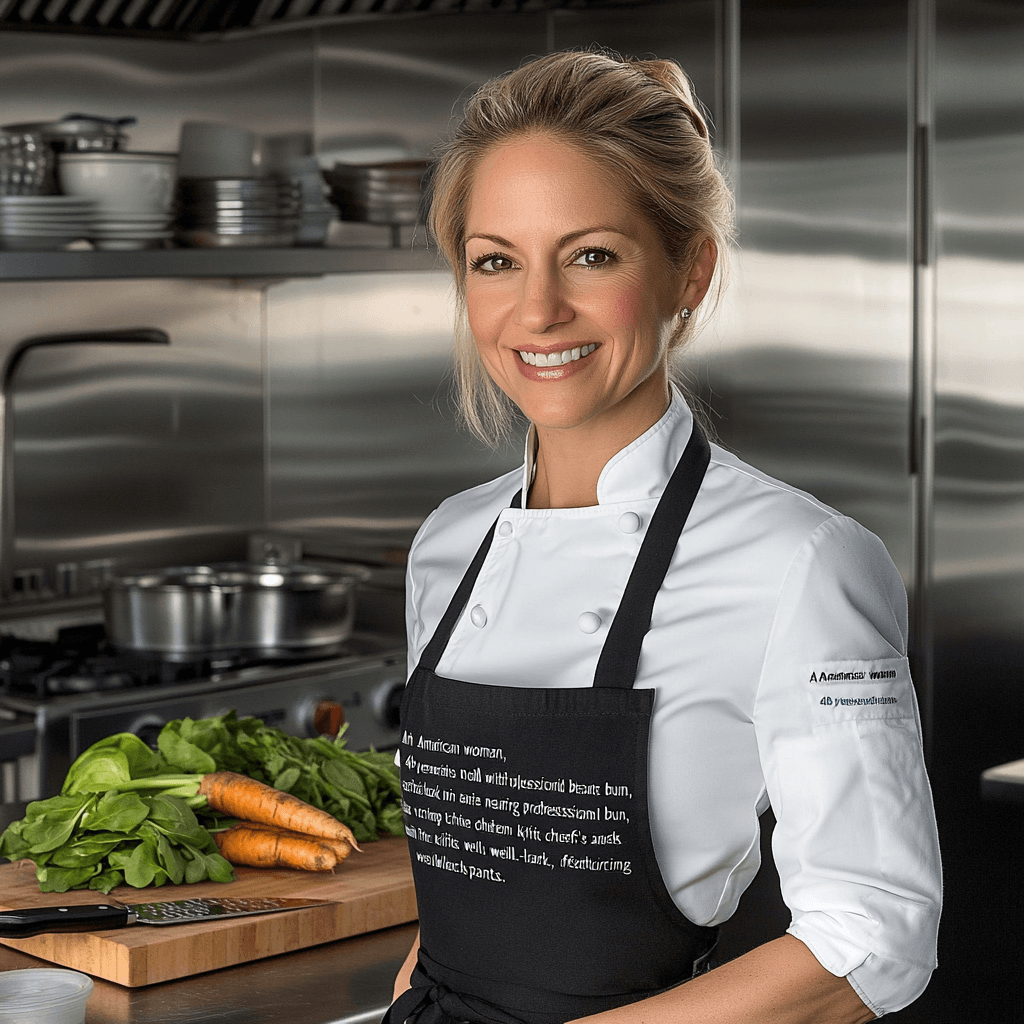Table of Contents
Pickle de Gallo is an exciting, tangy twist on the classic Pico de Gallo, bringing a bold and zesty flavor that enhances a variety of dishes. Combining the freshness of diced vegetables with the tang of pickling brine, this unique condiment has been gaining popularity among food lovers who enjoy a balance of acidity, spice, and crunch. Whether you’re looking to elevate tacos, burgers, or even grilled meats, Pickle de Gallo is a game-changer in the world of condiments.
In this article, we will explore everything about Pickle de Gallo—from its origins and key ingredients to how you can make it at home and the best ways to enjoy it. You’ll also discover its health benefits, common mistakes to avoid, and answers to frequently asked questions. Let’s dive into this flavorful journey!
What is Pickle de Gallo?
The Origin of Pickle de Gallo
Pickle de Gallo is a modern twist on the traditional Pico de Gallo, a fresh Mexican salsa made with diced tomatoes, onions, cilantro, lime juice, and chili peppers. Unlike its traditional counterpart, Pickle de Gallo introduces an extra layer of flavor by incorporating pickled vegetables or soaking fresh ingredients in a tangy brine. This process enhances the dish with a unique sour, slightly sweet, and zesty taste that complements a variety of meals.
While the exact origin of Pickle de Gallo is unclear, it has gained traction in recent years as a creative way to add depth to classic salsa. Some chefs and home cooks discovered that by letting their Pico de Gallo ingredients marinate in vinegar or brine, they could achieve a longer-lasting, flavor-packed salsa with an extra kick.
How It Differs from Pico de Gallo
At first glance, Pickle de Gallo and Pico de Gallo may look similar, but their preparation and taste profiles set them apart.
| Feature | Pico de Gallo | Pickle de Gallo |
|---|---|---|
| Flavor | Fresh, tangy from lime juice | Tangy, slightly sour from vinegar or pickling brine |
| Ingredients | Fresh tomatoes, onions, cilantro, lime, chilies | Pickled tomatoes, onions, jalapeños, cucumbers, carrots |
| Shelf Life | Shorter, needs to be consumed quickly | Longer, can last for weeks in the fridge |
| Best Uses | Fresh salsa for tacos, chips, and Mexican dishes | Condiment for burgers, sandwiches, grilled meats, and more |
By using pickled ingredients instead of just fresh ones, Pickle de Gallo offers an entirely new way to experience the traditional Mexican salsa with an extra tangy kick.
The Key Ingredients of Pickle de Gallo
The Role of Pickled Vegetables
The foundation of Pickle de Gallo lies in its pickled vegetables. Traditional ingredients such as tomatoes, onions, and jalapeños are marinated in vinegar and spices to infuse them with bold flavors. Some variations also include cucumbers, carrots, or radishes for added crunch and variety.
The pickling process not only enhances the taste but also extends the shelf life of the condiment, making it a great option for meal prep and long-term use.
Best Types of Vinegar for Pickling
Choosing the right vinegar is essential to achieving the perfect balance of acidity and flavor. Here are some of the best types of vinegar to use for Pickle de Gallo:
- White Vinegar: A strong, sharp acidity that brightens the ingredients.
- Apple Cider Vinegar: Adds a mild sweetness along with the tangy flavor.
- Red Wine Vinegar: Gives a deeper, slightly fruity note to the pickling liquid.
- Rice Vinegar: Offers a milder acidity, often used in Asian-inspired versions.
Fresh Herbs and Spices to Enhance Flavor
To elevate Pickle de Gallo’s taste, incorporating the right herbs and spices is key. Common additions include:
- Cilantro: Adds freshness and a citrusy note.
- Garlic: Enhances the savory depth of the pickle brine.
- Oregano: Provides an earthy, aromatic quality.
- Crushed Red Pepper Flakes: Brings heat and spiciness.
- Salt and Sugar: Helps balance acidity and enhance overall flavor.
How to Make Pickle de Gallo at Home

Step-by-Step Guide to Preparing It
Making Pickle de Gallo at home is simple and requires only a few ingredients. Follow these steps for a perfect batch:
Ingredients:
- 2 cups diced tomatoes
- ½ cup diced red onion
- ½ cup diced cucumbers or carrots (optional)
- 2 jalapeños, finely chopped
- ½ cup apple cider vinegar
- ½ teaspoon salt
- 1 teaspoon sugar
- 1 clove garlic, minced
- 1 teaspoon dried oregano
- ¼ cup chopped cilantro
Instructions:
- Prepare the Vegetables: Dice the tomatoes, onions, and any additional vegetables you choose to add.
- Mix the Pickling Brine: In a bowl, combine vinegar, salt, sugar, garlic, and oregano. Stir until the sugar dissolves.
- Combine Ingredients: Pour the brine over the diced vegetables and mix well.
- Let It Marinate: Cover the bowl and let it sit in the fridge for at least 30 minutes, allowing the flavors to blend.
- Serve and Enjoy: Use it as a topping for tacos, grilled meats, or sandwiches.
Tips for Achieving the Perfect Balance of Tanginess
- Let it marinate longer: The longer the vegetables sit in the brine, the more intense the flavor becomes.
- Adjust the vinegar-to-sugar ratio: If it’s too sour, add a little more sugar; if it’s too sweet, increase the vinegar.
- Use fresh ingredients: The quality of tomatoes, onions, and peppers greatly affects the final taste.
Creative Variations to Try
- Spicy Pickle de Gallo: Add extra jalapeños or a splash of hot sauce.
- Fruity Twist: Mix in diced mango or pineapple for a sweet and tangy contrast.
- Korean-Inspired: Use rice vinegar and add gochugaru (Korean chili flakes) for an Asian fusion version.
The Best Dishes to Pair with Pickle de Gallo
One of the best things about Pickle de Gallo is its versatility. The tangy, spicy, and slightly sweet flavors make it a perfect addition to a wide variety of dishes. Whether you’re indulging in Mexican cuisine, grilling up some BBQ, or experimenting with fusion dishes, this condiment can take your meals to the next level.
Mexican Cuisine Favorites
Since Pickle de Gallo is inspired by Pico de Gallo, it naturally pairs well with traditional Mexican dishes. The tangy and spicy flavors complement the rich, savory, and sometimes fatty nature of these foods, balancing the taste and adding a refreshing element.
- Tacos: Whether it’s carne asada, al pastor, or even vegetarian tacos, Pickle de Gallo adds the perfect acidity and crunch to balance the flavors.
- Burritos & Quesadillas: A spoonful inside a burrito or alongside a quesadilla gives a zesty contrast to the melted cheese and fillings.
- Nachos: Instead of plain salsa, use Pickle de Gallo to add a more complex and tangy kick to your nachos.
- Tostadas & Sopes: These crispy, layered Mexican dishes benefit from the burst of flavor that Pickle de Gallo brings.
American and BBQ Pairings
Pickle de Gallo isn’t just for Mexican food—it’s also a fantastic condiment for classic American and BBQ dishes. Its acidity cuts through the richness of grilled meats and fried foods, making it a great complement to these hearty meals.
- Burgers: Swap out traditional pickles for a scoop of Pickle de Gallo on your burger for an extra pop of flavor.
- Hot Dogs & Bratwurst: Instead of relish, use Pickle de Gallo for a more vibrant and tangy topping.
- Pulled Pork Sandwiches: The acidity helps balance the richness of the meat and adds a refreshing crunch.
- Grilled Chicken & Steaks: A spoonful on top of grilled meats enhances their taste without overpowering them.
Fusion Dishes That Work Well
If you love experimenting with flavors, Pickle de Gallo can be used in fusion cuisine to create unique and exciting combinations.
- Asian-Inspired Dishes: Try adding it to rice bowls, sushi burritos, or even Korean BBQ wraps.
- Mediterranean Wraps & Pita Sandwiches: The briny tang works well with hummus, falafel, and grilled meats.
- Avocado Toast: A spoonful on top of avocado toast adds extra depth and tanginess.
- Egg Dishes: Sprinkle it over scrambled eggs, omelets, or breakfast burritos for a wake-up flavor boost.
Health Benefits of Pickle de Gallo

Besides being delicious, Pickle de Gallo also offers several health benefits due to its ingredients, fermentation process, and natural nutrients.
Probiotic Benefits from Fermentation
If you make Pickle de Gallo using fermented vegetables, you’ll be adding natural probiotics to your diet. Fermented foods help promote gut health by increasing beneficial bacteria in your digestive system. These probiotics can:
- Improve digestion and reduce bloating
- Strengthen the immune system
- Enhance nutrient absorption
Nutritional Value and Low-Calorie Benefits
Pickle de Gallo is a low-calorie, nutrient-rich addition to any meal. Since it consists mostly of fresh vegetables and vinegar, it is:
- Low in calories – A typical serving contains fewer than 20 calories.
- High in vitamins – Tomatoes provide Vitamin C and lycopene, while onions contain antioxidants.
- Naturally hydrating – Cucumbers and tomatoes have a high water content, keeping you hydrated.
How It Aids Digestion and Gut Health
Pickle de Gallo’s combination of vinegar, fiber-rich vegetables, and probiotics makes it great for digestion. Vinegar has been shown to aid in breaking down food, while fiber helps regulate bowel movements. Plus, the acidity in vinegar can help balance stomach pH, making it easier to digest heavy meals.
Common Mistakes to Avoid When Making Pickle de Gallo
Even though Pickle de Gallo is relatively easy to prepare, a few common mistakes can affect its flavor, texture, and shelf life. Avoiding these pitfalls will help you create the perfect balance of tangy, spicy, and crunchy goodness.
Over-Pickling or Under-Pickling
One of the most important factors in making Pickle de Gallo is getting the pickling time just right.
- Over-Pickling: If you leave the vegetables in the brine for too long, they may become too soft and lose their crunchy texture. While this isn’t necessarily a bad thing, some people prefer a fresher bite in their Pickle de Gallo.
- Under-Pickling: On the other hand, if you don’t let the vegetables sit in the pickling liquid long enough, they won’t absorb enough flavor. For best results, let your Pickle de Gallo marinate for at least 30 minutes, but ideally a few hours or overnight.
Using the Wrong Vinegar or Ingredients
Not all vinegars are created equal, and using the wrong type can dramatically affect the final flavor.
- Avoid overly strong vinegars like balsamic, which can overpower the dish.
- Stick to mild vinegars like apple cider vinegar, white vinegar, or rice vinegar for a balanced tangy taste.
- Don’t skip the salt and sugar – These two ingredients help balance the acidity and round out the flavor.
Additionally, always use fresh, high-quality ingredients. If your vegetables are old or have lost their crunch, your Pickle de Gallo won’t have the best texture.
Storing It Incorrectly
Pickle de Gallo should always be stored properly to maintain its freshness and prevent spoilage.
- Use an airtight container: This prevents unwanted bacteria from contaminating your batch.
- Store it in the refrigerator: Since Pickle de Gallo contains fresh vegetables, it should always be kept cold.
- Consume within 7-10 days: While the pickling process extends shelf life, it’s best enjoyed within a week for maximum freshness.
Overloading It with Spices or Herbs
While spices and herbs enhance the flavor, too much of a good thing can be overwhelming. A little oregano, garlic, or chili goes a long way—so don’t overdo it! Start with small amounts, then adjust based on your taste preferences.
Frequently Asked Questions (FAQs)
How Long Does Pickle de Gallo Last?
When stored properly in an airtight container in the fridge, Pickle de Gallo can last up to 7-10 days. However, for the best flavor and crunch, it’s recommended to consume it within the first 3-5 days.
Can You Use Different Vegetables?
Absolutely! While the classic version includes tomatoes, onions, and jalapeños, you can get creative by adding:
- Cucumbers for extra crunch
- Carrots for sweetness
- Radishes for a peppery bite
- Bell peppers for a milder taste
What’s the Best Way to Serve It?
Pickle de Gallo is incredibly versatile! Use it as:
- A topping for tacos, burritos, or nachos
- A condiment for burgers and sandwiches
- A side for grilled meats or BBQ
- A zesty mix-in for rice or grain bowls
Is Pickle de Gallo Spicy?
It depends on how you make it! If you include jalapeños, serranos, or crushed red pepper flakes, it will have some heat. If you prefer a milder version, simply reduce or omit the spicy ingredients.
Conclusion
Pickle de Gallo is a flavorful and tangy twist on traditional salsa, combining the fresh crunch of diced vegetables with the bold zest of pickling brine. This condiment is perfect for adding depth and excitement to a wide range of dishes, from tacos and burgers to grilled meats and fusion cuisine.
By following the right steps, choosing the best ingredients, and avoiding common mistakes, you can create a perfectly balanced Pickle de Gallo that’s packed with flavor and nutrition. Not only does it elevate your meals, but it also offers probiotic benefits, digestive support, and a low-calorie boost to your diet.
Whether you prefer it spicy, mild, or with a creative twist, Pickle de Gallo is a versatile and easy-to-make addition to any kitchen. Try making your own batch today and discover how this delicious condiment can transform your favorite dishes!

